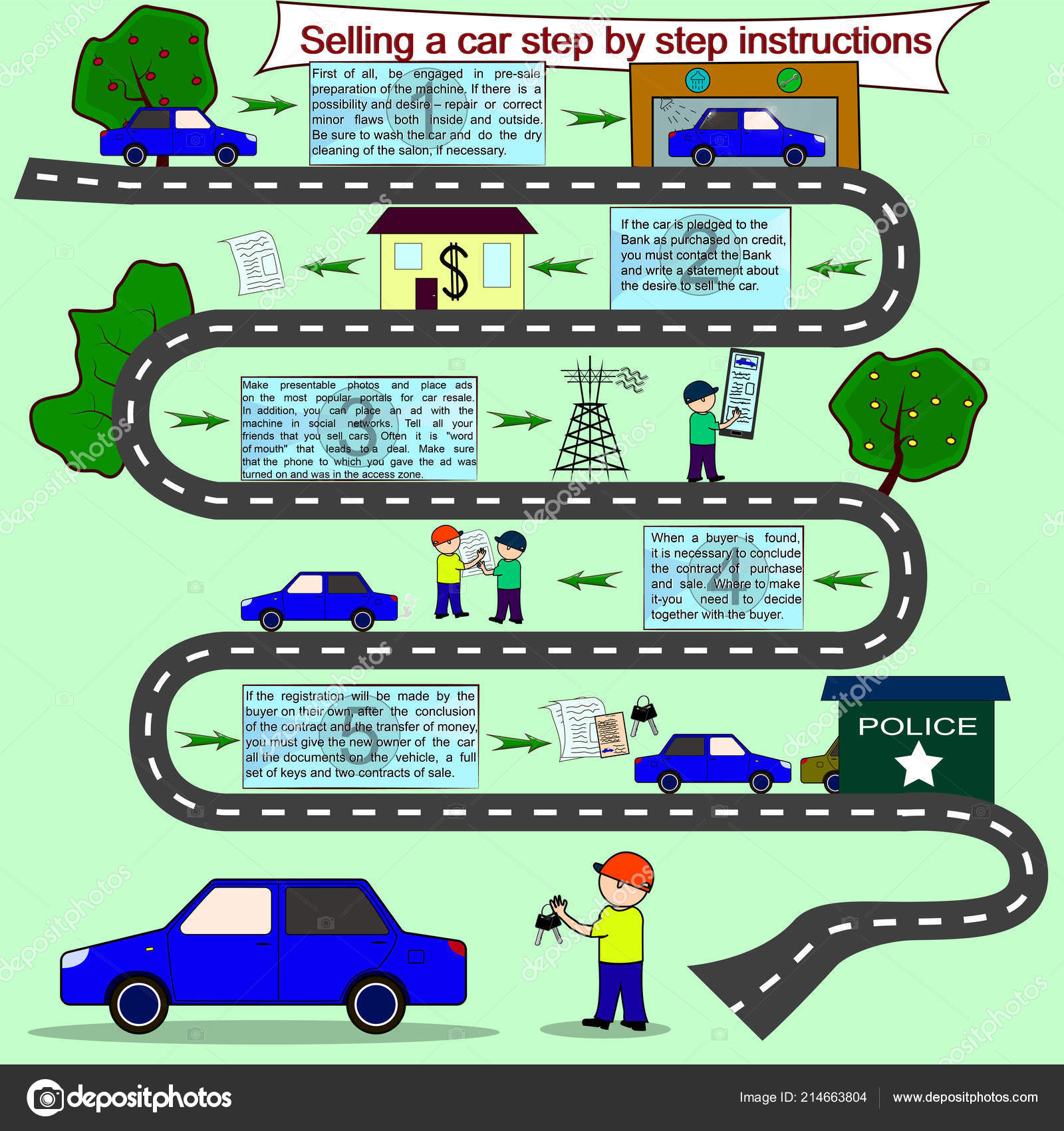Recognizing Your Automobile'S Warning Lights: What Do They Actually Mean?
Recognizing Your Automobile'S Warning Lights: What Do They Actually Mean?
Blog Article
Post By-Boye Dalgaard
When you're behind the wheel, those radiant caution lights on your dashboard can be a little bit difficult. Do https://oil-change-prices-near-me74051.blue-blogs.com/36661083/the-improvement-of-car-explaining-approaches-in-the-past-10-years understand what they're attempting to inform you regarding your cars and truck's wellness? Understanding the importance of these lights is vital for your security and the longevity of your lorry. So, the next time among those lights appears, would not you want to analyze its message properly and take the needed steps to address it?
Common Caution Lighting and Interpretations
Identify typical caution lights in your auto and understand their definitions to make sure safe driving.
https://vehiclesuspensiontesting06273.bloggactif.com/30770538/a-thorough-handbook-on-automobile-detailing-materials-important-insights-for-beginners of the most normal caution lights include the check engine light, which signifies issues with the engine or exhausts system. If this light begins, it's important to have your vehicle checked immediately.
The oil stress cautioning light suggests low oil pressure, needing immediate attention to avoid engine damage.
A blinking battery light may suggest a faulty billing system, potentially leaving you stranded otherwise dealt with.
The tire stress monitoring system (TPMS) light signals you to reduced tire stress, impacting car stability and fuel effectiveness. Ignoring this might cause dangerous driving problems.
The abdominal light suggests a problem with the anti-lock stopping system, endangering your capability to stop swiftly in emergencies.
Lastly, the coolant temperature cautioning light warns of engine overheating, which can lead to extreme damage if not settled promptly.
Recognizing these usual caution lights will help you resolve concerns immediately and preserve risk-free driving problems.
Importance of Prompt Interest
Recognizing the common warning lights in your cars and truck is just the initial step; the value of promptly resolving these warnings can not be stressed sufficient to guarantee your safety on the road.
When a warning light illuminates on your dashboard, it's your vehicle's means of interacting a potential issue that requires interest. Disregarding these cautions can bring about more serious problems later on, endangering your security and possibly costing you a lot more out of commission.
Visit Web Page to advising lights can stop break downs and accidents. For example, a blinking check engine light could show a misfire that, if left unattended, could trigger damage to the catalytic converter. Addressing this without delay can conserve you from a costly repair.
Likewise, a brake system advising light might signal reduced brake fluid or used brake pads, essential parts for your safety when driving.
Do It Yourself Troubleshooting Tips
If you notice a warning light on your dashboard, there are a few DIY repairing pointers you can attempt before looking for professional help.
The first step is to consult your auto's guidebook to comprehend what the particular warning light suggests. Sometimes the problem can be as easy as a loose gas cap triggering the check engine light. Tightening the gas cap might solve the issue.
An additional typical problem is a low battery, which can set off different alerting lights. Checking the battery connections for deterioration and ensuring they're secure might fix the issue.
If a caution light lingers, you can attempt resetting it by separating the automobile's battery for a couple of mins and then reconnecting it. Furthermore, inspecting your car's fluid degrees, such as oil, coolant, and brake liquid, can assist repair cautioning lights connected to these systems.
Verdict
To conclude, understanding your car's warning lights is vital for keeping your car running efficiently and safely. By without delay dealing with these informs and recognizing what they imply, you can prevent expensive repair services and potential malfunctions.
Keep in mind to consult your automobile's handbook for specific information on each advising light and do something about it accordingly to make sure a trouble-free driving experience.
Stay educated, stay secure when traveling!
